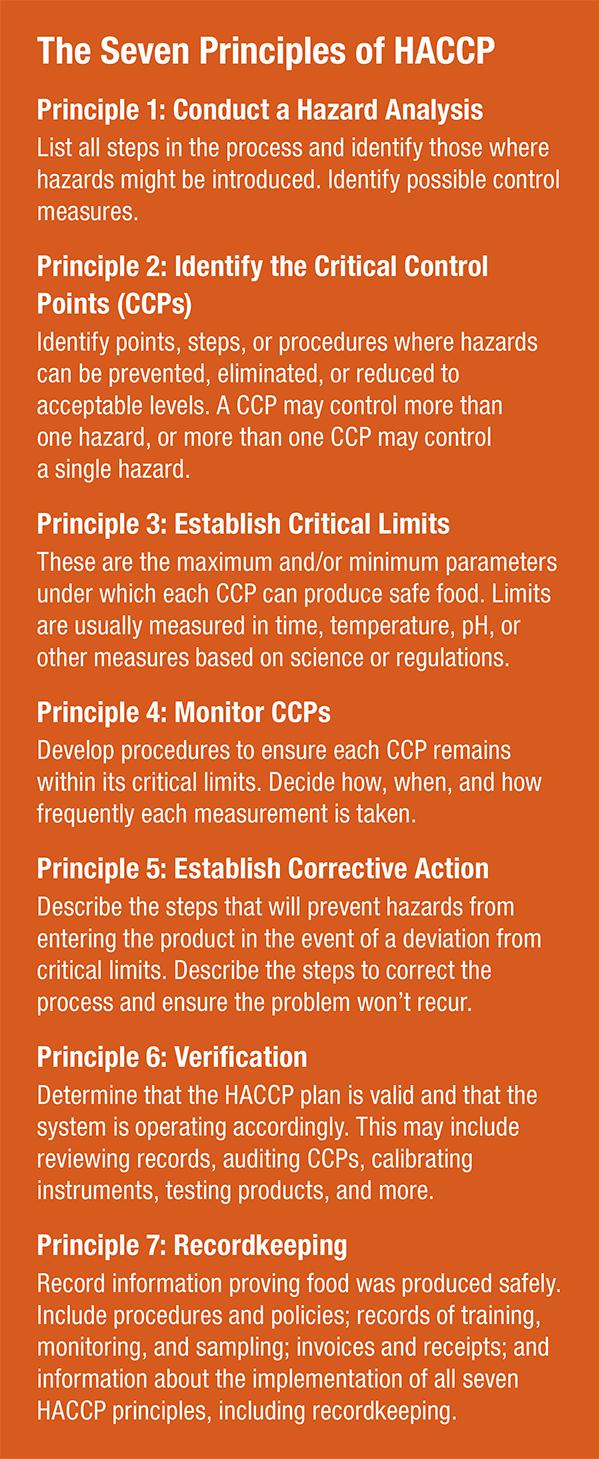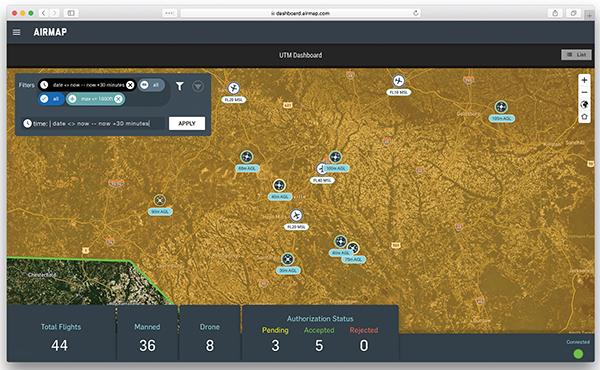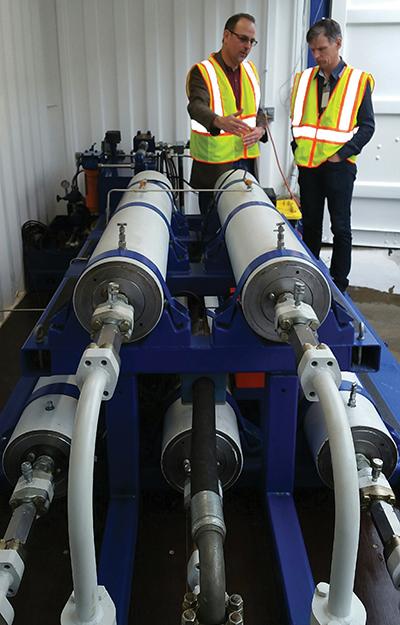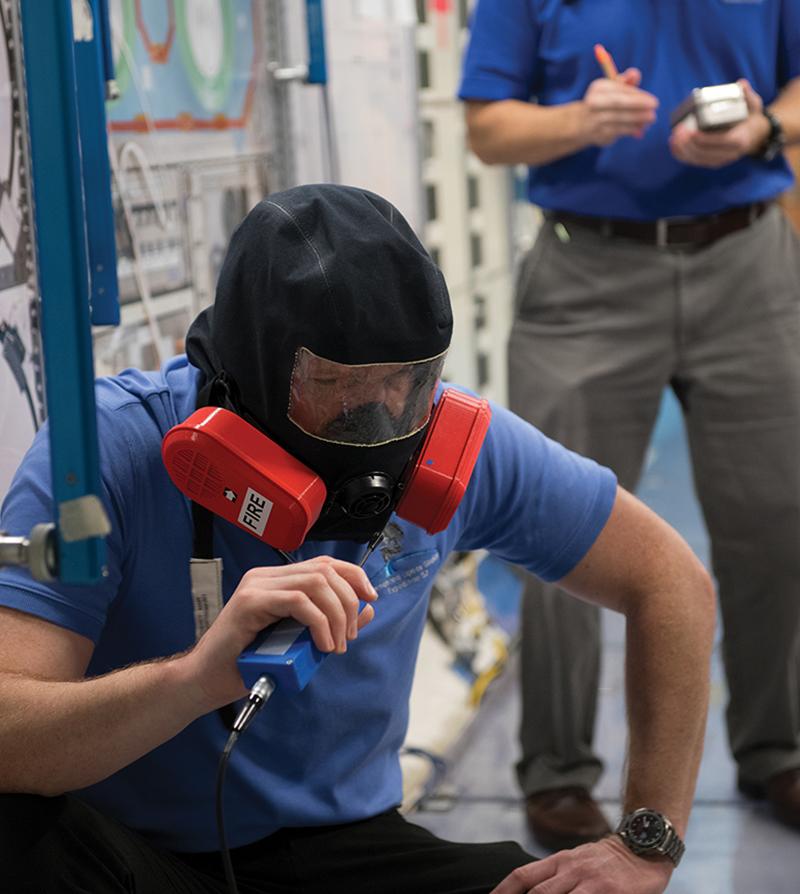
How the Moon Landing Led to Safer Food for Everyone
Subheadline
System created for Apollo astronaut food has become the global standard for hazard prevention
As many Americans prepare for a socially distanced Thanksgiving meal, some may be aware that NASA helped develop the tiny, highly efficient video cameras in the devices that will allow virtual family dinners, and a few may know it was the space agency that first modernized conference calling. But NASA has made an even more important contribution to the holiday: no one is likely to worry about the safety of the food on their table.
Today, outbreaks of food poisoning from packaged supermarket food are exceedingly rare, thanks in part to the food industry’s near-universal adoption of an approach that’s little-known outside the business, called the Hazard Analysis and Critical Control Point (HACCP) system. Even less-known is the fact that HACCP was created for astronaut food in the early days of the Apollo program.
This means all the companies putting food on your Thanksgiving table, from the people who bring you your turkey to the folks behind your cranberry sauce and stuffing, use HACCP – and cite it as a major reason for the reduction in foodborne illness.
“While the average consumer may not know what HACCP is, we know it’s enabling us to consistently put out safe, quality product,” said Ocean Spray vice president of research and development Katy Latimer.
“It’s one of these things where we maybe don’t appreciate the benefits, we just take them for granted now, because HACCP is so ingrained in how we produce food,” said Alice Johnson, vice president of food safety and quality at Butterball Turkey LLC.
Mark Fryling, vice president of global food safety and quality at General Mills, added that his company has HACCP in mind from the moment it starts developing a product, in large part because “one of the key aspects that distinguishes HACCP is that it’s very prevention-oriented.”
That focus on prevention comes from the system’s original motivation: avoiding food poisoning on the way to the Moon.
And in a way, General Mills has longer experience with HACCP (pronounced “hás-sip”) than any other company. It now owns Pillsbury, which partnered with NASA in the early 1960s to provide safe food for the astronauts on the Gemini and Apollo missions.
Analyze Hazards, Establish Control
Leading the effort at the Manned Spacecraft Center, now NASA’s Johnson Space Center in Houston, was Paul Lachance, former coordinator for the U.S. Air Force’s Quartermaster Food and Container Institute. That institute had just moved and become the U.S. Army Natick Laboratories, which NASA brought on board as a partner in developing food for the space program.
Lachance’s background in nutrition was complemented by that of Howard Bauman, the microbiologist who was heading Pillsbury’s part of the work. “So he was an ideal person, in some ways, to develop a laboratory where microbiology had to be paid attention to,” Lachance said in an interview for Johnson’s Oral History Project. “He had to do that initially for Gemini, and so he really had a feeling for how to do it for Apollo.”
In the early Gemini days, Lachance recalled, his team focused on thoroughly testing end products, destroying one batch after another when irregularities were found. The team had started examining its food production processes for points where contamination could be introduced, but Apollo expanded this approach and made it mandatory.
Beginning in 1963, the Apollo Program Office issued a series of guidelines for all the program’s contractors, aimed at ensuring reliability in all critical mission systems. Based in part on a system developed by the military, known as Failure Mode and Effects Analysis, these heavily emphasized identifying and controlling any potential points of failure. While the NASA guidelines were written primarily with space system hardware in mind, food was also deemed mission-critical. So Lachance and Bauman found themselves applying spacecraft-level reliability assurance to astronaut food.
They came up with three guiding principles: Conduct a hazard analysis, looking for points in the process where any type of hazard could be introduced. Identify those points and determine how hazards can be prevented, controlled, or eliminated at each one. And monitor these critical control points with frequent measurements. NASA also required the team to keep meticulous records of all this work, which became another critical aspect of HACCP.
No one in the Apollo Program Office could have imagined they had set in motion a system that would improve food safety around the world – and it took decades for that to happen. But Bauman liked what he saw.
“Quality control within the food industry had been based primarily on testing the end product,” he wrote in a 1987 article in the trade publication Cereal Foods World. “We found we could establish a better system, but it would require a hazard analysis on each product and each line.”
Bauman went on to become one of the most outspoken advocates for HACCP’s widespread adoption. But he first successfully pushed Pillsbury to take on this new approach.
A Slow Start, and then Rapid Acceleration
The company presented HACCP to the world at the first National Conference on Food Protection in 1971. It was not immediately embraced, but after two deaths from botulism caused by canned soup that summer, the National Canners Association petitioned the Food and Drug Administration (FDA) for regulations to prevent food poisoning. The FDA in turn asked Pillsbury to train its supervisors and food inspectors on the system it had developed for NASA.
In 1973, low-acid canned food manufacturers became the first to be subject to HACCP regulations, and they were the only ones for a long time. Then in 1993, an outbreak of food poisoning due to a Shinga toxin-producing strain of E. colibacteria caused the meat and poultry industries to lobby for regulation to restore consumer confidence. Within a decade, the U.S. Department of Agriculture (USDA) had HACCP regulations in place for meat and poultry, and the FDA required the system for all seafood and juice producers. By then four additional principles had been added to clarify NASA’s original three, including establishing critical limits at control points and keeping records not just on food production but on a plant’s HACCP plan itself.
Then came the 2011 FDA Food Safety Modernization Act. Although it doesn’t mention HACCP by name, opting instead for the term Hazard Analysis and Risk-Based Preventive Controls, the law effectively phased in HACCP-like requirements across all the remaining U.S. food producers that have to register with the FDA. The law also requires importers to verify that foreign manufacturers comply with these requirements. The last businesses were phased into the requirements in 2018.
“It basically mandates HACCP on steroids for all other FDA-regulated food products,” said Jenny Scott, senior advisor in the FDA’s Office of Food Safety, although she noted that many producers – including all the major ones in the United States – had long before put HACCP-like systems in place voluntarily and required their suppliers to do likewise.
“Brainstorming What Could Go Wrong”
Food processing plants today don’t simply copy the steps NASA took to ensure astronaut safety. That’s not how HACCP works. The system is intended to target the specific hazards in a given production line, so every HACCP plan is different, not just from one company to another but from product to product. At a Butterball plant, Johnson said, control points as prerequisites for a HACCP plan likely include, for example, a checkpoint to look for any “farm residue” like pesticide, refrigeration that has to be below a certain temperature, and antimicrobial sprays or dip tanks.
Latimer noted that Ocean Spray adopted HACCP for all of its products when the FDA started requiring it for juice in 2001. Critical control points for cranberry sauce include the washing area where berries are first received, filtration and metal detection points where foreign materials are removed, a heat treatment pasteurization area, and acidity level checks, among others, she said.
General Mills has three plants making Honey Nut Cheerios in North America, and each has its own separate HACCP plan to account for differences between the plants, said Fryling. “That’s a requirement of HACCP. You have to analyze the risks of that line and that product.”
In this way, Johnson said, the adoption of HACCP regulations changed companies’ relationship with regulators. “The whole industry no longer relies on the government to tell us what we’ve got to do,” she said. “Instead of going to the government and saying, ‘We’ve got a problem, what do you think we should do?’ it’s up to us to decide what to do and justify why we’re doing it.”
But it’s not a simple task. “It takes a team of quality assurance folks, engineers, and scientists to identify critical control points for safety and quality,” said Latimer, calling it a process of “brainstorming what could go wrong.”
While it takes time and money, Fryling said the price is dwarfed by the cost of a product recall and the resulting damage to a brand name. “I don’t get challenged on the cost of hazard prevention by managers of this organization,” he said.
To help plants develop their safety plans, a number of nonprofit and trade organizations offer HACCP training, and the FDA and USDA make various resources available to smaller businesses, from help desks to in-person informational visits. “We consider outreach to small establishments essential,” said Scott Seebohm, deputy director of the policy development staff for the USDA’s Food Safety and Inspection Service. “Small and very small plants promote rural businesses and the rural economy. That’s something we all have an interest in promoting.”
HACCP also makes inspections much more effective. In the pre-HACCP days, for example, plants weren’t required to keep safety-related records, said Scott at the FDA, noting that inspectors only saw a snapshot of what conditions were and what was happening the day of their visit. Now plants have to present reams of data. “We still poke and sniff, but records give a better picture of whether they’re consistently in control of their processes,” she said.
Going Global
Scott said it can be difficult to put a number on the results of HACCP implementation, because while industry has gotten better at preventing outbreaks, the Centers for Disease Control and Prevention have gotten better at detecting them. Between the early to mid-1990s and the early 2000s, for example, while there was generally an increase in the annual number of known outbreaks caused by Salmonella – the most common cause of foodborne illness – the number of confirmed cases due to those outbreaks dropped.
Results continue to improve. As top-priority hazards, such as E. coli in the 1990s meat industry, are brought under control, both producers and regulators can tighten standards and refocus on smaller problems, Seebhom said. He added that the shift to HACCP also moved some responsibilities for quality control and aesthetics from regulators to the companies, further freeing up inspectors to verify company control of potential dangers.
Because HACCP requirements give industry a general approach to achieve food safety without telling companies the specific steps they have to take, he said, it has allowed flexibility for them to come up with new methods and techniques, which have improved continually.
A technique that’s caught on in recent years is the use of high-pressure systems to kill off bacteria, said Johnson at Butterball. The equipment was costly up front but further reduces the kind of waste that’s necessary when a hazard is found in an end product.
Scott at the FDA said there’s still room for improvement. Her agency is in the early stages of enacting requirements for preventive controls around food allergens – which account for about a third of FDA recalls. And the Food Safety Preventive Controls Alliance, which the FDA created in 2011 to bring together federal and state regulators, academia, and industry, continues to improve training for both inspectors and producers. The FDA also continues to publish more detailed guidance for companies.
Meanwhile, this spinoff from the Apollo food safety program has gone global: much of Europe took up HACCP many years ago, and many other suppliers around the world use HACCP-like systems to be allowed to export to the U.S. and Europe.
Latimer at Ocean Spray said the packaged-food industry was originally born out of deaths from botulism caused by people using unsafe practices. “It’s really cool to see how the space program moved that along,” she said, noting that a small NASA program helped the industry make good on its most basic promise – that of safe, worry-free meals, on Thanksgiving and all year round.
Mike DiCicco
Managing Editor

The Apollo missions were humans’ longest and farthest voyages in space, so food for the astronauts had to be guaranteed safe for consumption hundreds of thousands of miles from any medical facility. Credit: NASA

HAACP, which stemmed from requirements for the Apollo program, now underlies food safety programs and regulations for virtually all meats, poultry, fish, and processed foods, including many Thanksgiving dinner staples. Credit: Getty Images
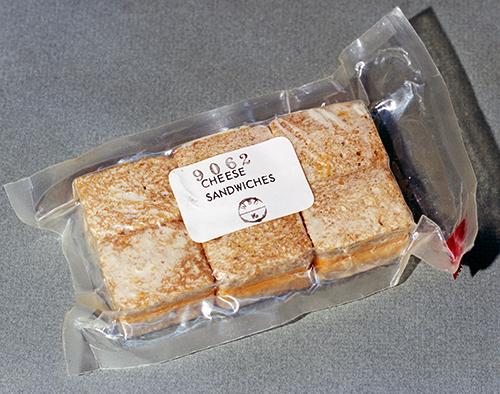
Food for the Apollo astronauts was not always especially appealing, but thanks to the protocol NASA and Pillsbury came up with, known as the Hazard Analysis and Critical Control Point (HAACP) system, it was always safe. Credit: NASA

A HACCP plan for turkey processing means monitoring crucial points such as those where any residual farm chemicals are removed, proper refrigeration must be maintained, and antimicrobial sprays or dip tanks are used. High-pressure processing has recently become popular for poultry and various other foods as a way to eliminate potential pathogens and extend shelf life. Credit: Getty Images

Critical control points to monitor for cranberry sauce production can include a washing station for the berries, filtration and metal detection that ensure against foreign materials, heat treatment for pasteurization, and checks of acidity levels, among others. Credit: Getty Images

Pie crusts are among several Thanksgiving staples made by Pillsbury. Now owned by General Mills, Pillsbury worked with NASA to develop the HACCP system to ensure safe astronaut food. The company subsequently adopted the system and became a major advocate for its wider adoption across the U.S. food industry and around the world. Credit: Getty Images
